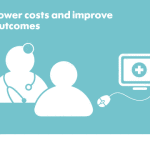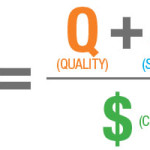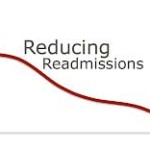
5 Healthcare Payer Pain Points | What Are Your Pain Points?
As a payer, what type of pain points are you facing? How are you overcoming these challenges?
With the onset of the ACA and other healthcare regulation, payers are experiencing many issues. Complying with these regulations is both cumbersome and costly. What pain points are you experiencing as a payer?
Exchanges
Healthcare exchanges became effective October 1, 2013. These exchanges are basically marketplaces where individuals can shop for insurance in one place – comparing plans, costs, and benefits. Many payers jumped on the bandwagon and joined the exchanges.









